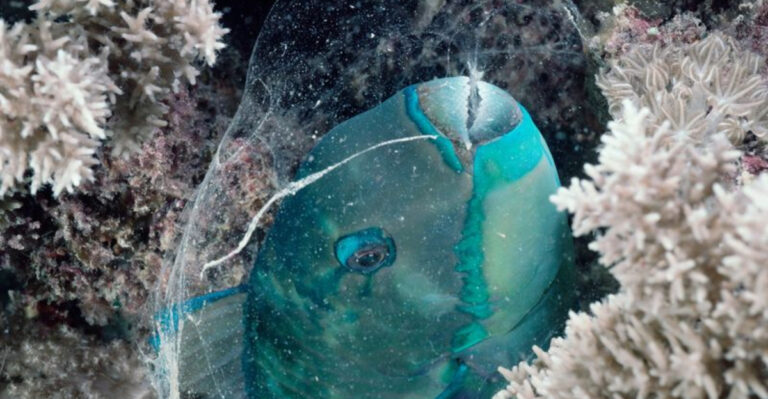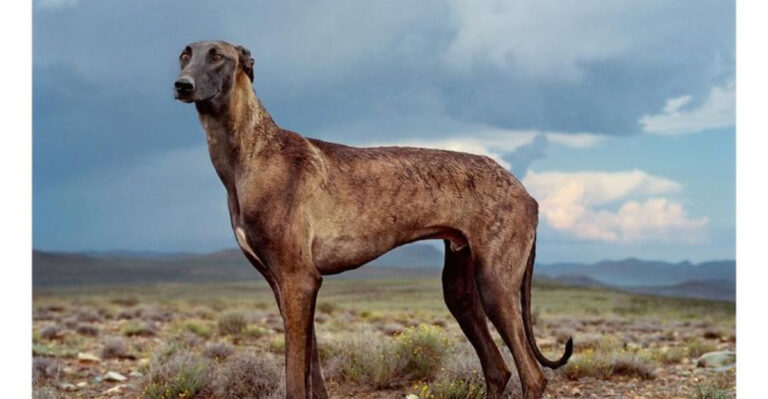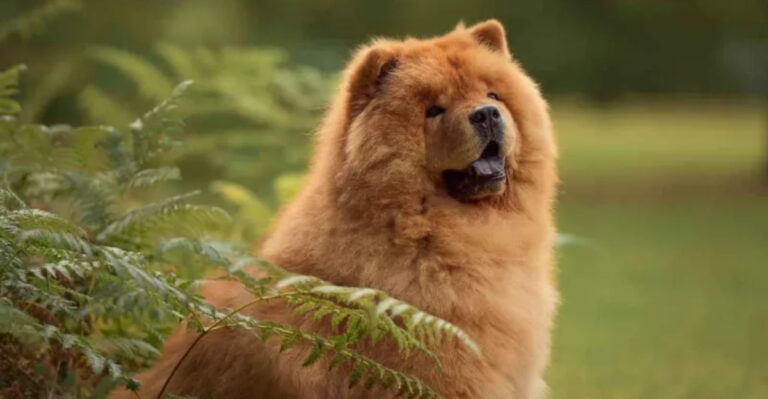12 Intriguing Secrets Behind Canada’s Elusive Sea Wolf
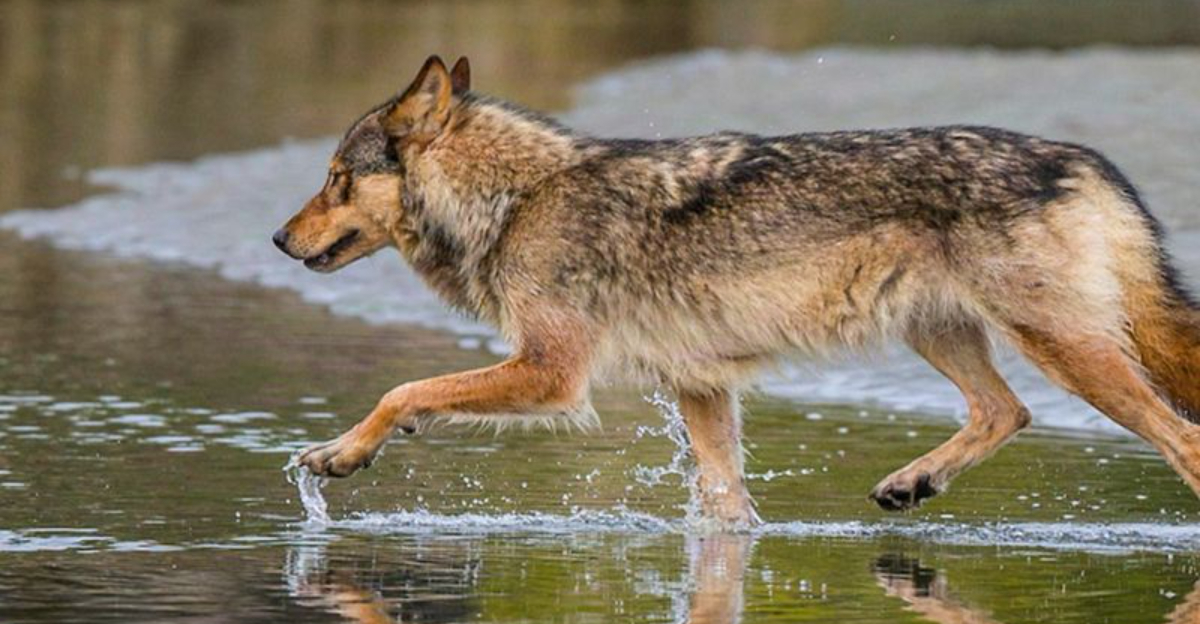
Canada’s sea wolves, also known as coastal wolves, are a rare and captivating species that inhabit the rugged shoreline of British Columbia.
These wolves are genetically distinct from their inland counterparts and have adapted remarkably to their environment, thriving in the intertidal zones and dense rainforests. Their unique lifestyle and behaviors provide a glimpse into the adaptability of wildlife and the intricate balance of coastal ecosystems.
1. Incredible Longevity

Sea wolves are known to have a remarkable lifespan compared to other wolf species, often living longer due to their stable, albeit challenging, environment. This longevity is linked to their ability to navigate the harsh, isolated coastal areas with skill and adaptability.
Their long lives allow them to accumulate extensive knowledge of their environment, passing this down through generations within their packs. This extended lifespan contributes to the survival of their species in the wild, where experience plays a critical role in hunting and survival strategies.
2. Unique Breeding Habits
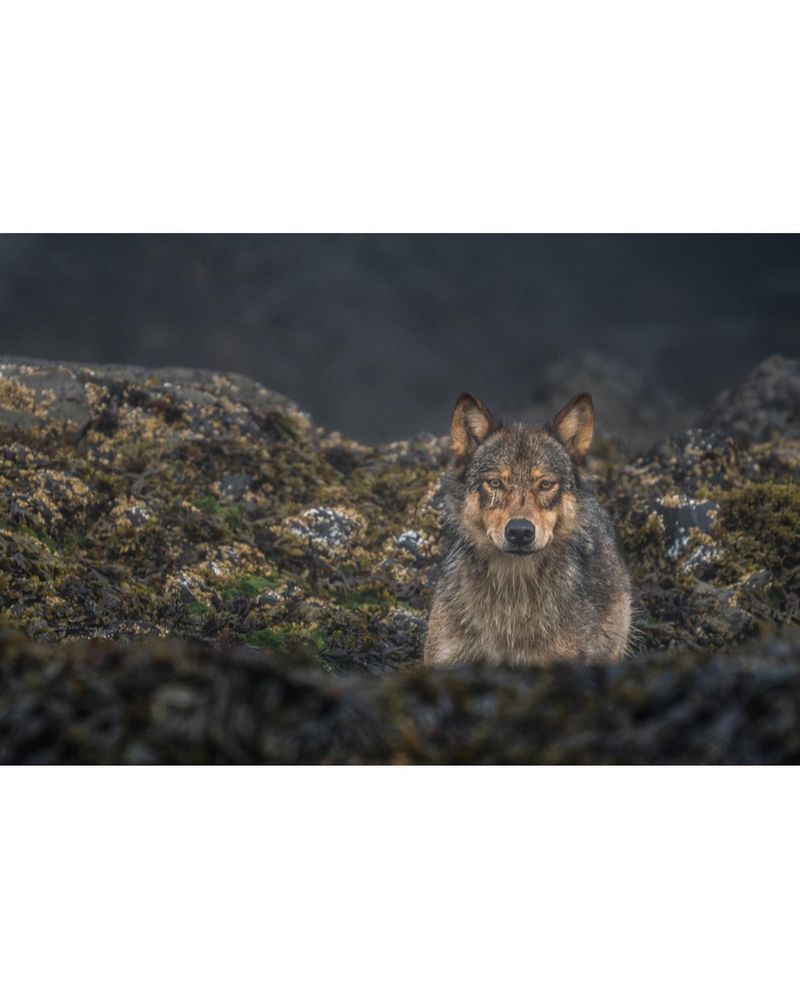
The sea wolf has distinct breeding habits that set it apart from other wolf species. These wolves typically mate for life, forming strong, enduring bonds with their partners. This monogamous behavior helps ensure the stability of their small, tight-knit family units, which is crucial in their isolated environment.
The pups are born in sheltered dens near the coastline, and both parents play an active role in raising them. This close family structure helps ensure that the young wolves learn vital survival skills needed to navigate the challenging coastal ecosystem.
3. Dietary Habits
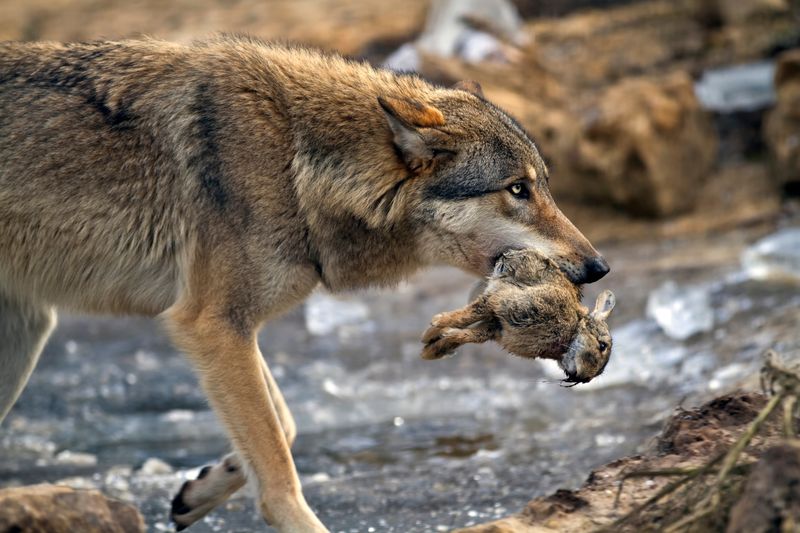
The sea wolf, also known as the coastal wolf, has a unique diet that differs greatly from other wolf populations. While typical wolves primarily hunt land-based animals, sea wolves are opportunistic feeders that have adapted to the rich coastal environment.
They hunt and scavenge marine life such as fish, seaweed, and even crabs. Their diet is heavily influenced by the changing tides and seasonal abundance of seafood, allowing them to thrive in the rugged coastal areas of Canada.
4. Social Structure
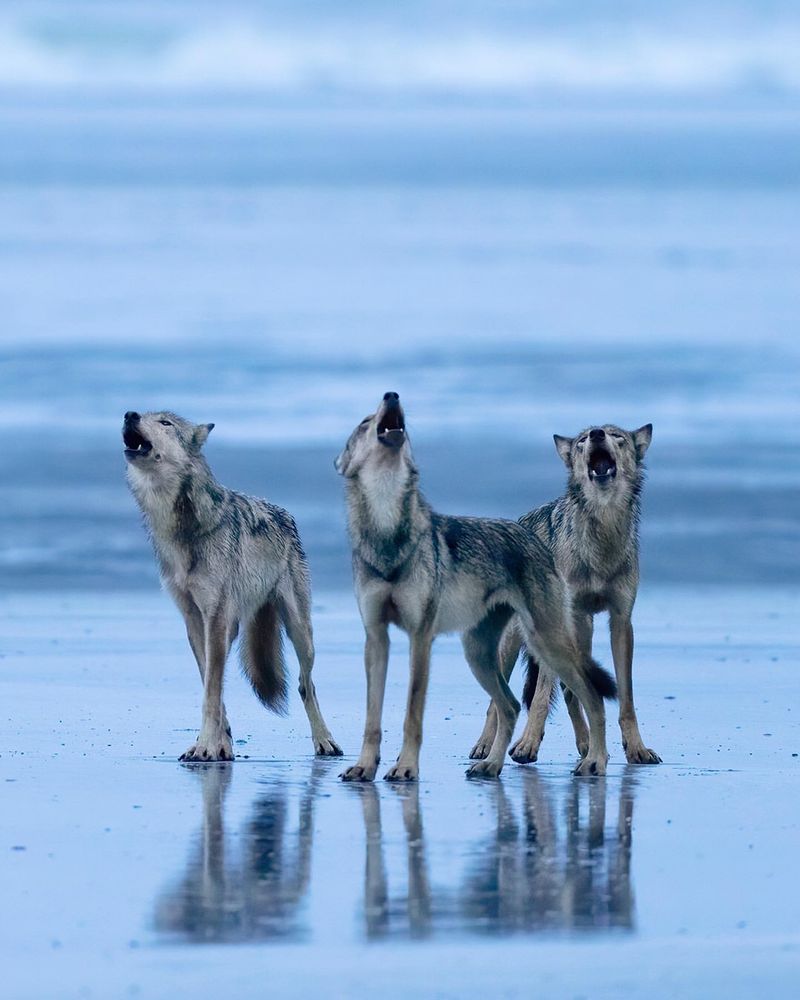
Sea wolves exhibit a fascinating social structure that is tailored to their environment. Unlike other wolves that often form large packs, coastal wolves tend to travel in smaller family groups, sometimes consisting of just a few members.
These tight-knit units work together to hunt in the coastal wilderness, using their intimate knowledge of the land and sea to find food. Their social bonds are crucial for survival, especially in an environment where resources can fluctuate with the seasons.
5. Distinct Genetic Makeup
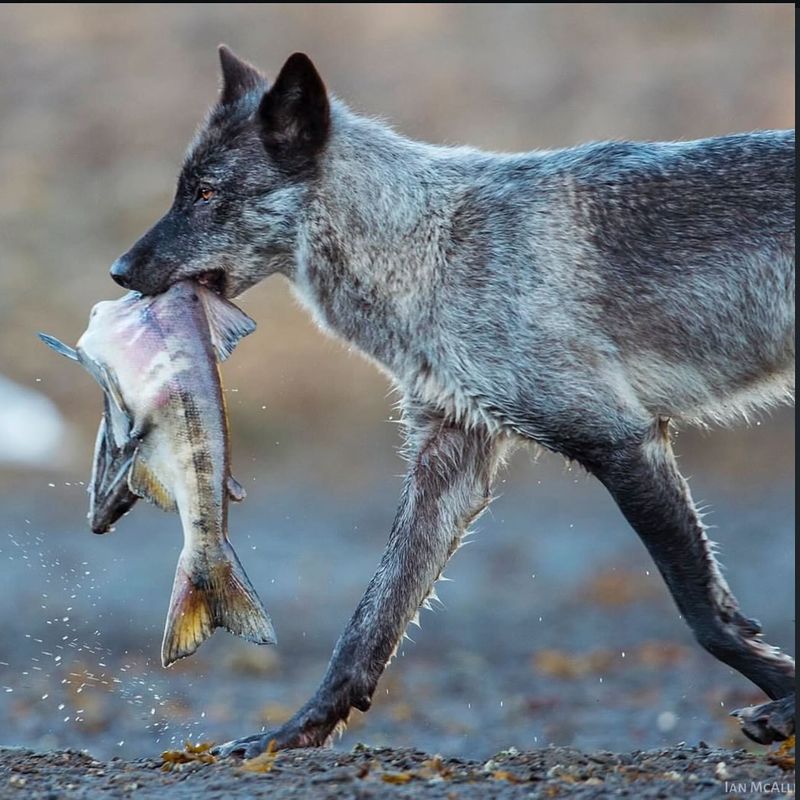
What sets the sea wolf apart from other wolf species is its distinct genetic makeup. Over thousands of years of isolation on Canada’s coastlines, sea wolves have developed unique genetic traits that enable them to survive in a harsh, resource-scarce environment.
Studies suggest that their DNA shows significant differences from inland wolves, reflecting their adaptation to life in coastal ecosystems. This genetic divergence makes them an important subject of study for wildlife researchers and conservationists.
6. Remarkable Swimming Ability
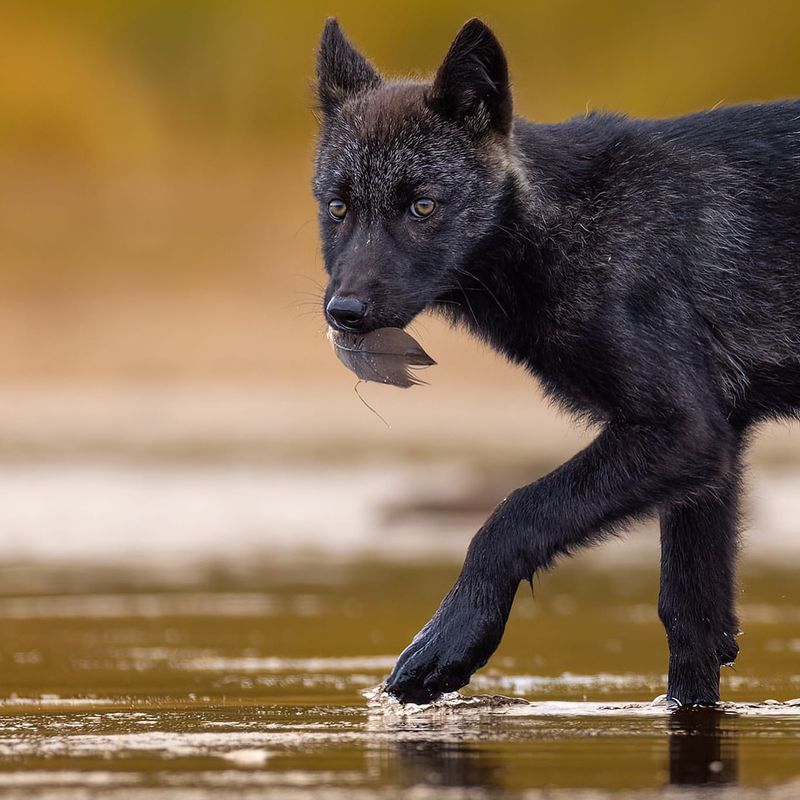
One of the most striking features of the sea wolf is its remarkable swimming ability. Unlike many other land-dwelling wolves, sea wolves are excellent swimmers, often covering long distances between islands and coastal shores.
They can swim across channels, chase down fish, and even catch prey that others might miss. Their strong swimming skills make them perfectly suited to their coastal environment, where land and sea often meet, and they have been known to swim for miles in search of food.
7. Cultural Significance
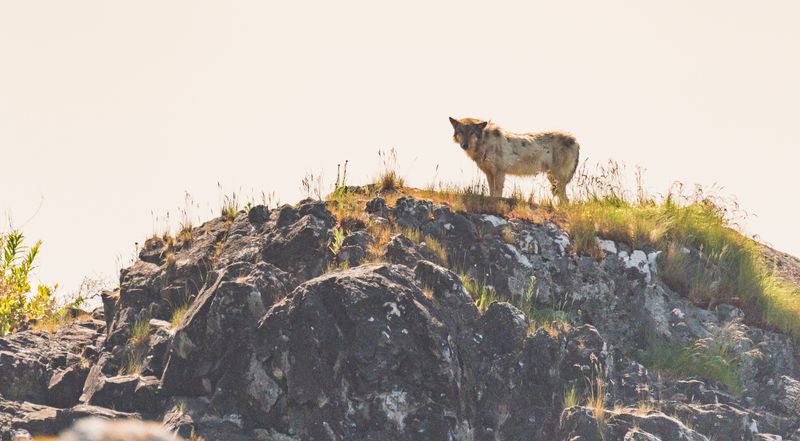
The sea wolf holds significant cultural value for the Indigenous peoples of Canada’s Pacific coast. In many Indigenous stories and traditions, the sea wolf is a symbol of strength, adaptability, and survival. These wolves are revered for their ability to thrive in such a challenging environment.
Through oral storytelling and art, the sea wolf has become a powerful symbol of the deep connection between the people and the natural world around them.
8. Unique Howling Patterns
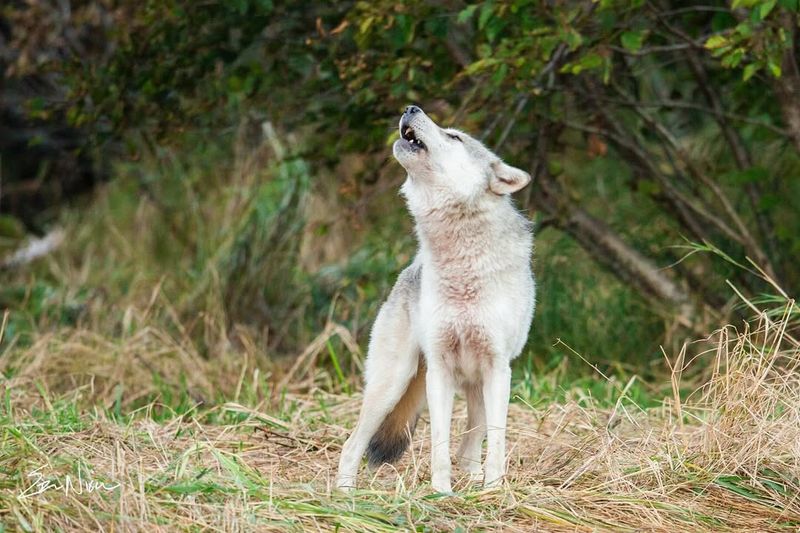
When it comes to communication, sea wolves have developed unique howling patterns that are quite different from those of their inland relatives.
Their howls are often adapted to carry across the vast and rugged coastal landscape, where dense forests and rocky outcrops can limit sound travel.
Their calls are not only a way to communicate with pack members but also to establish territory, warn of threats, or signal the location of food sources.
9. Adaptation To Rainforest Climate
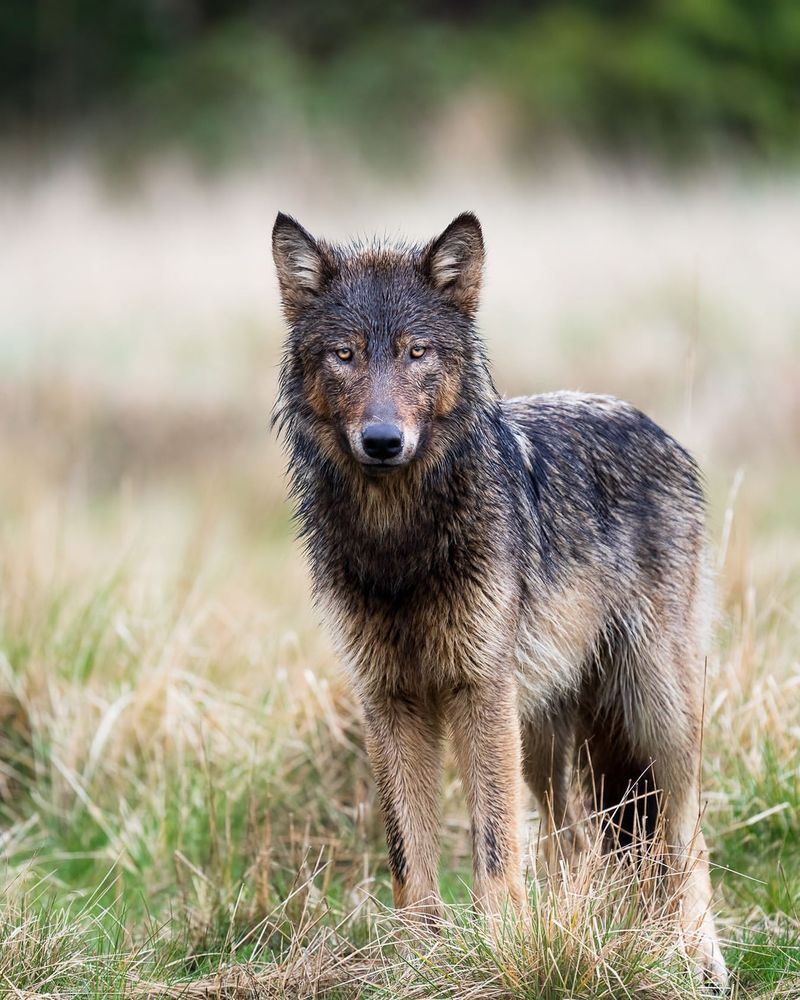
Living in the temperate rainforests of Canada, sea wolves have evolved to handle the extreme moisture and frequent rainfall that characterizes their environment. Their thick fur coats provide excellent insulation against the wet and cold, keeping them warm and dry despite the harsh weather conditions.
This adaptation is crucial for their survival, as it allows them to remain active and hunt even during the rainy season, which could otherwise limit food availability for other species.
10. Threats And Conservation Efforts
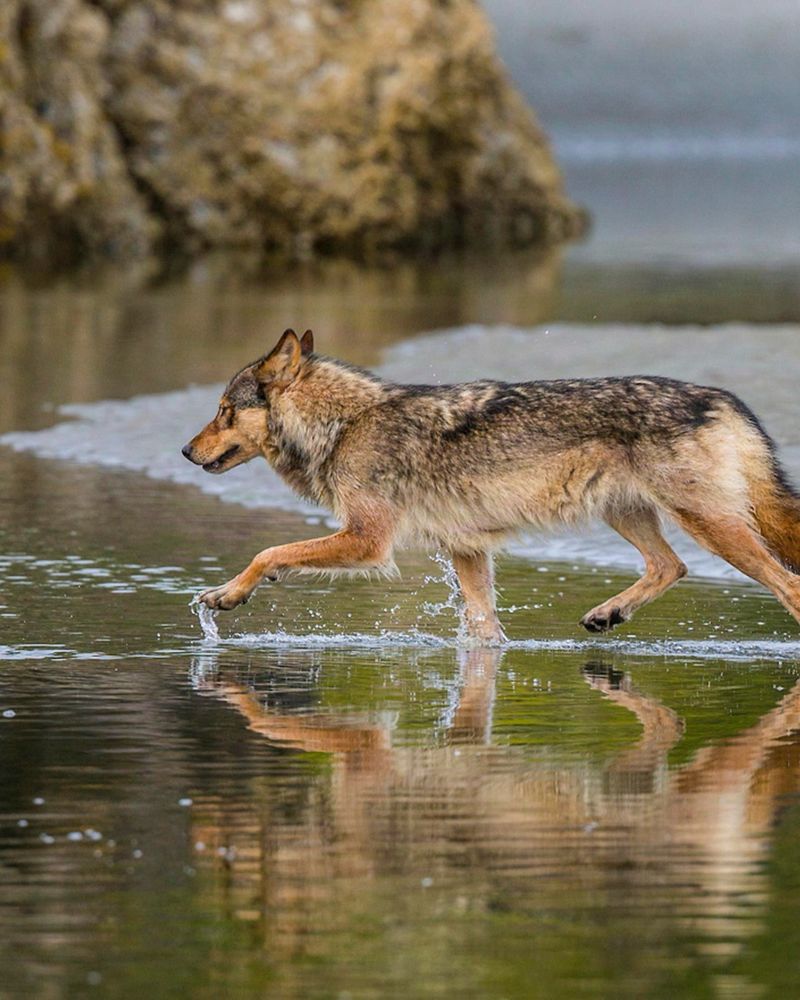
Despite their remarkable adaptations, sea wolves face numerous threats in today’s world. Habitat loss due to logging, pollution, and human development in coastal areas has put pressure on their population.
Additionally, climate change is affecting the marine ecosystems they rely on for food. Conservation efforts are ongoing to protect their habitats and ensure that these elusive creatures can continue to thrive in the wild.
Efforts include establishing protected areas, monitoring wolf populations, and promoting awareness of the species’ significance to local ecosystems.
11. Mysterious And Elusive Nature
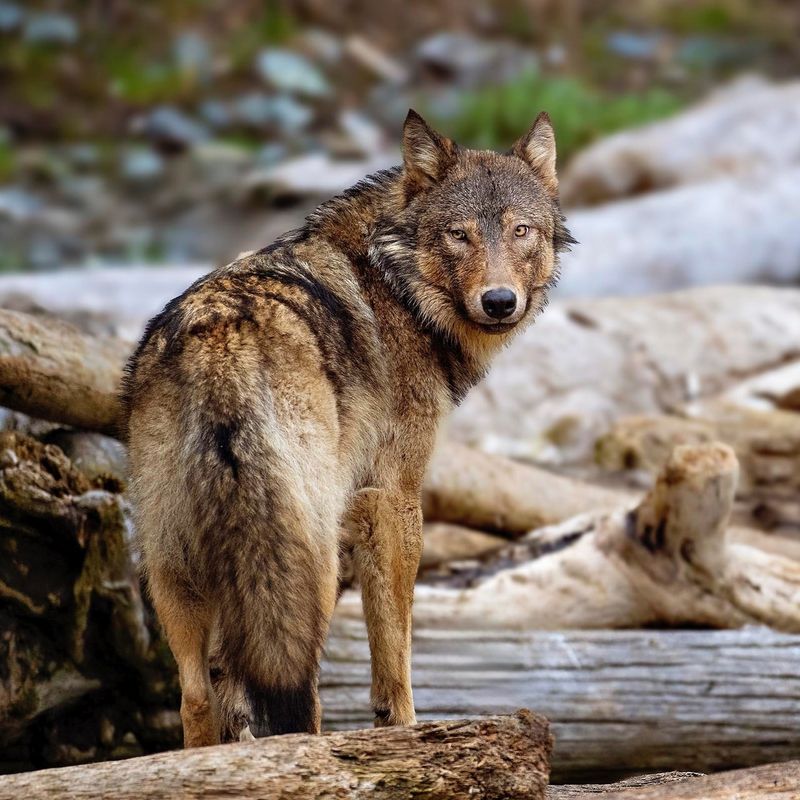
The sea wolf’s elusive nature adds to its mystery. These wolves are incredibly difficult to spot in the wild due to their remote habitat and their secretive behavior. They have adapted to live in the dense forests and isolated islands of Canada’s coast, making them nearly invisible to outsiders.
Their tendency to avoid human contact, combined with their natural camouflage, makes them one of the most difficult wildlife species to study, adding to their allure and intrigue.
12. Role In Ecosystem
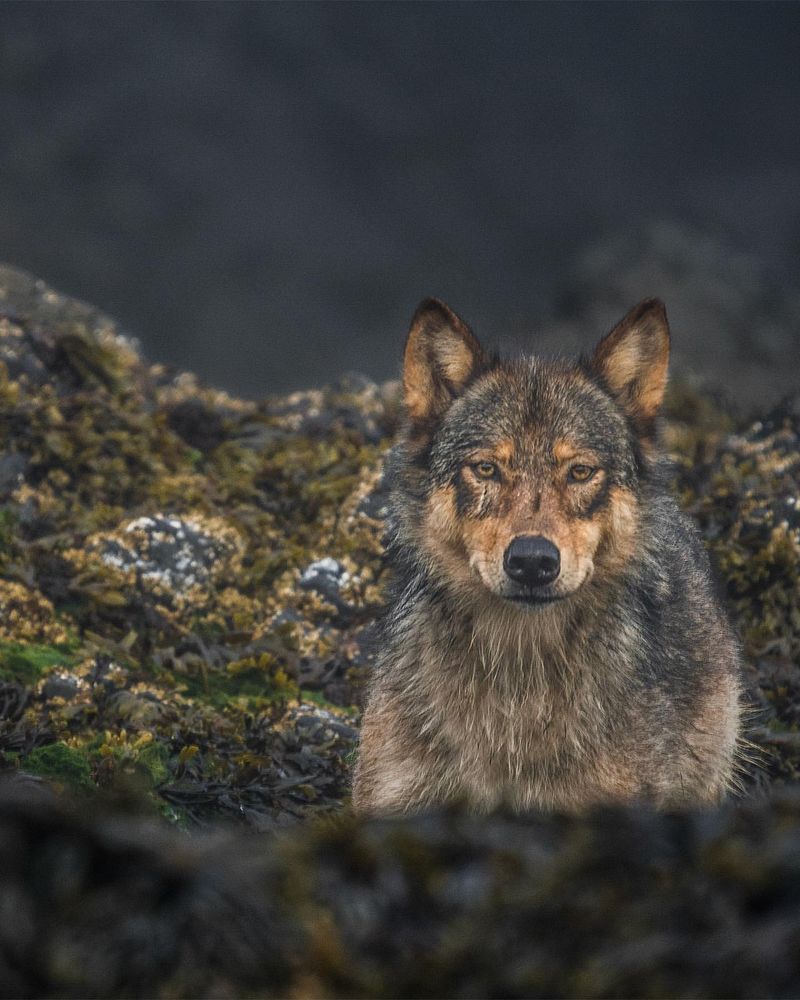
The sea wolf plays a vital role in maintaining the balance of the coastal ecosystem. As apex predators, they regulate populations of smaller animals, including deer, rabbits, and various marine species. By keeping prey populations in check, sea wolves help prevent overgrazing and ensure the health of plant life.
Their presence in the ecosystem contributes to the stability of the food chain, making them a keystone species that supports the entire coastal environment.

